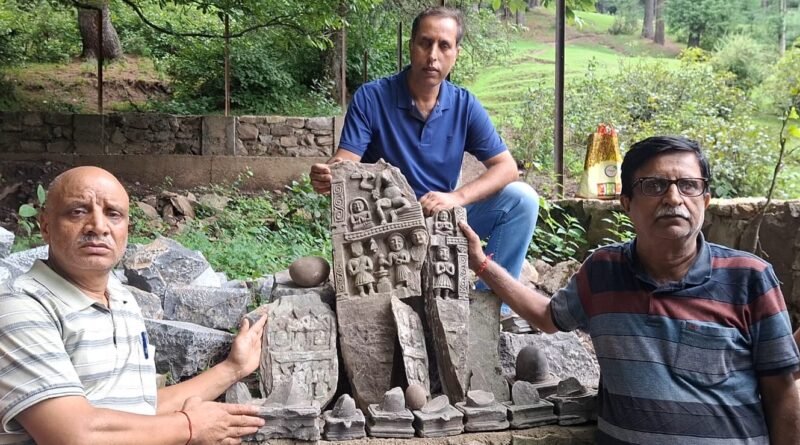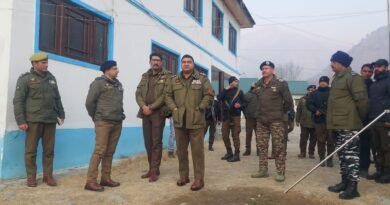15 Ancient Idols, Including 11 Shivlings, Unearthed During Spring Renovation in Kashmir — A Testament to Kashmir’s Shared Heritage
By Arif Rashid
Anantnag, Kashmir
In a remarkable archaeological discovery, 15 ancient idols — including 11 Shivlings — were unearthed by three Muslim labourers during the renovation of a spring at Karkoot Nag, located in the Salia area of Aishmuqam in South Kashmir’s Anantnag district.
The discovery took place on Saturday morning when Riyaz Ahmad Khan, Adil Aziz Batana, and Bashir Ahmad Binth were cleaning a section of the spring. Due to a significant drop in the water level in recent months, the labourers uncovered a stone compartment hidden beneath the spring’s bed, where the idols had apparently been preserved underwater for centuries.
Recognizing the significance of the find, the labourers immediately informed Ruban Saproo Ji, president of the Salia Panchalpora Nagbal Committee, who urged them to ensure the idols’ safety.
“We could have hidden them, but we didn’t,” one of the labourers shared. “We knew it was something sacred. Since that day, we’ve been guarding the idols in shifts — even during the night.”
Locally known as Karkoot Nag, the site holds deep spiritual significance for Kashmiri Pandits. It is believed to be linked to the ancient Karkota (Karkuta) Dynasty, which ruled Kashmir between the 7th and 9th centuries. According to oral history, this spring was among the first sites where Karkota rulers offered prayers, making it a historically revered space for generations.
Sunny Raina, a Kashmiri Pandit originally from the area, emphasized the cultural importance of the site:
“This is not just a spring — it’s a sacred piece of our living history. The Karkota kings are believed to have performed their initial rituals here. This discovery further reaffirms that bond.”
Officials from the Jammu & Kashmir Department of Archives, Archaeology, and Museums have since visited the site. One senior official confirmed that the idols will be transported to Srinagar for advanced material and DNA analysis to determine their age, origin, and historical context.
Beyond the archaeological significance, the discovery has become a symbol of Kashmir’s timeless spirit of communal harmony. The gesture by the local Muslim community, who not only protected the idols but treated them with reverence, has been widely praised across the region.



